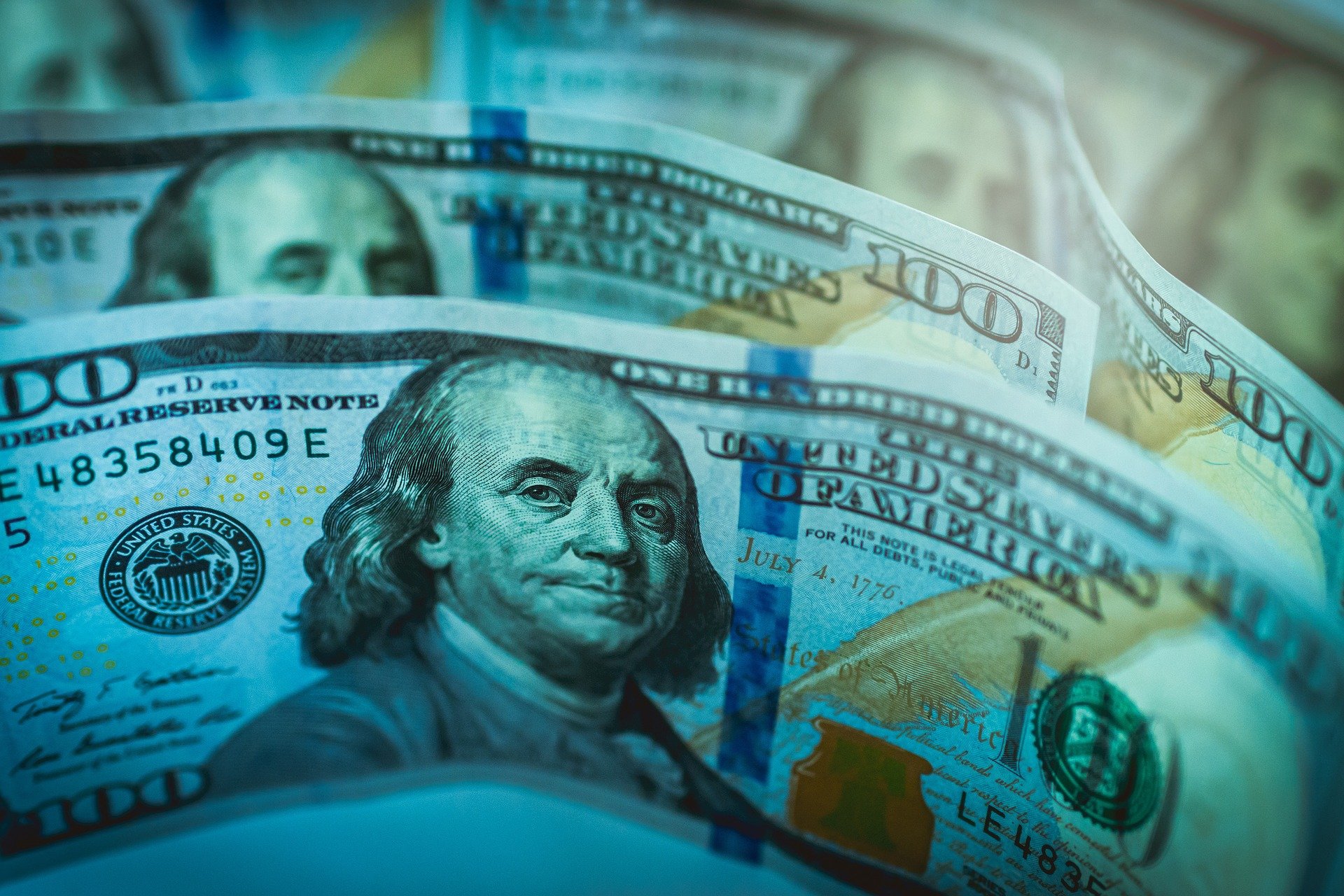The US Dollar to RMB moved to July lows at 6.4498 as China’s GDP growth slows down to 7.9% for the second quarter from 18.3% in the first quarter.

Lower GDP Affects US Dollar to RMB Foreign Currency Exchange
The foreign exchange market has the US Dollar to RMB trading within a range between 6.45 and 6.49 in July 2021. It closed at 6.4785 for the week ended July 16, 2021.
The foreign currency exchange USD/CNY was at the lowest levels of 6.36 at the beginning of June but saw a swift recovery towards the 6.50 levels towards the end of June. But in July, the US Dollar to RMB currency exchange rate remains range-bound.
Fresh economic news buoys the USD/CNY to 6.4785 for the weekend, as retail sales and industrial output recover smartly. The central bank of China has brought in fresh liquidity that drives up investor sentiment. It has strengthened Chinas foreign currency exchange.
China GDP at 7.9% in Q2
The data released by the National Bureau of Statistics shows that the GDP for the second quarter is at 7.9% in 2021, while it was 18.3% in the first quarter. Growth has slowed down in China, much lower than expected. After the pandemic, China saw a sharp rebound in the first quarter of 2021, but growth has slowed down for the second quarter due to the imbalance in economic recovery and coronavirus infections spurting up frequently in various places.
GDP growth year on year for the first half of 2021 is at 12.7%. The growth momentum in China has been good, especially as the economy is returning to pre-pandemic levels. But the slump in the second quarter from the first three months has brought down the USD to RMB.
The imbalance between consumption and investment has come down in 2021. It shows improvement in the manufacturing sector, which is showing rapid growth and strengthened the forex market.
The second-largest economy shows a strong rebound after the pandemic. GDP expansion in 2021 is at 8.6%, much above the target growth of 6%. China has avoided a contraction by expanding 2.3% in 2020. While other major countries were battling the pandemic slowdown and lockdown restrictions, China handled the situation well. It has effectively curbed the corona pandemic and was one of the first countries to recover from the pandemic with significant expansion.
Economic Achievements Buoy US Dollar to RMB
Domestic consumption shows recovery. Retail sales are strong, showing good consumer sentiment. Retail sales have gone up 12.1% in June from the previous year. Life is returning to normal in the second quarter of 2021. Retail sales have improved, which forms a large share of consumer spending in the country. With the economy gaining a boost from the foreign exchange market, USD/CNY saw a sharp spurt to 6.4785 over the weekend.
The constant covid-19 outbreak in various regions keeps people bound in their houses, and consumer spending drops whenever new lockdown restrictions are introduced, affecting the forex market. Investors dealing in currency trading limit their currency trading when the corona fear reigns.
The National Bureau of Statistics states that industrial output has grown higher, at 8.3% in June 2021 from the same period last year, improving currency trading. But, industrial activity is affected by the imbalance between supply and demand.
The Peoples Bank of China has brought in policy easing by which bank reserves have come down. The PBOC has brought in 1 trillion Yuan to revive the economy towards long-term liquidity. The reserve requirement ratio is set for a reduction by half a percent strengthening the US Dollar to RMB.
China exports have gone up. The total value of exports and imports is 18 trillion Yuan. It has grown 27.1% year on year. Exports are up 28.1%, and imports have improved by 25.9%. The forex market improves whenever export increases.
Chinas Tariff on Australian Products
Chinas series of tariffs on Australian products have affected the Australian economy. There is increasing animosity over trade between China and Australia. China had made an investment of $17.5 trillion in Australia in 2008. It was at $15 billion in 2016 and has come down in 2020.
Australia had called for an inquiry into the coronavirus origin. China immediately retaliated by blocking Australian imports like beef, coal, and wine. Prime Minister Scott Morrison has support from US President Joe Biden on this issue. Chinas unofficial trade sanctions have hurt the economy of Australia.
Australia exports barley to China, but heavy tariffs affect trade between the two countries. The US and the EU have joined together with Australia against China. Australia is gaining support from third parties to battle against the high tariffs imposed by China.
AUD/CNY was trading at 4.7885 on July 2021. The Australian Dollar to the Chinese Yuan is at the 2021 lows. It slumped up to the 4.4550 lows, where it was previously in February 2021. The trade ban from China brought down the AUD/CNY to levels of 4.68 in October 2020 in the forex market.
The Australian Dollar has weakened against the Greenback and is trading at the 2020 low levels.